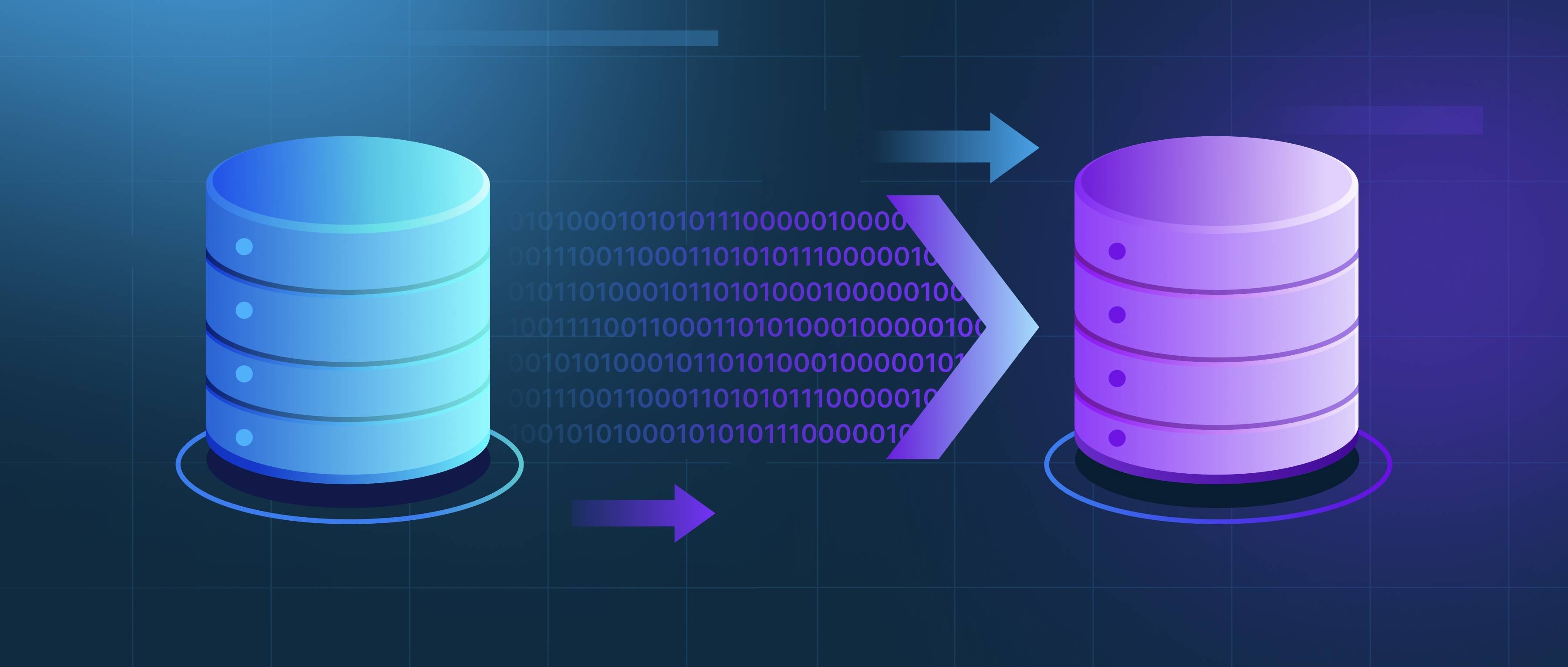Automated methods for hyperparameter search in diffusion modeling primarily involve techniques like grid search, random search, and more advanced optimization algorithms such as Bayesian optimization. These methods help developers efficiently explore and optimize the hyperparameters that define the behavior of diffusion models, which can be crucial for achieving strong performance on tasks like image denoising or data generation.
Grid search is one of the simplest approaches, where developers define a list of values for each hyperparameter and systematically test all possible combinations. While this method is straightforward and easy to implement, it can become computationally expensive as the number of hyperparameters increases, leading to a large number of experiments without guaranteed optimal results. Random search offers an alternative by randomly sampling combinations of hyperparameters rather than exhaustively testing every option. Studies have shown that random search can often perform better than grid search, especially in high-dimensional spaces, because it is more likely to explore a diverse set of configurations.
For more sophisticated hyperparameter tuning, Bayesian optimization is an excellent choice. This method builds a probabilistic model of the performance of the diffusion model based on past evaluations, using this information to make informed decisions about which hyperparameter combinations to try next. Libraries like Optuna and Hyperopt facilitate Bayesian optimization and allow developers to specify constraints and objectives tailored to their projects. Ultimately, using these automated methods can save significant time and computational resources while improving model performance by finding the best hyperparameters efficiently.
